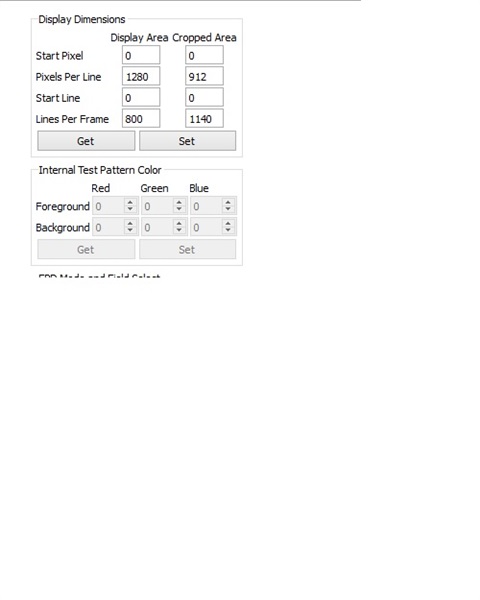Hi, guys.
I just bought a DLP LightCrafter 4500 EVM. I try to use GUI 2.0 to control it. There are few questions i met and i did not know how to solve them.
(1) Can i use Matlab to sent images directly to the DLP EVM without use GUI? and how to communicate with Matlab?
(2) After i choice Pattern Sequence in Operating Mode and finish the Sequence Settings, i can't sent the sequence to EVM, the "Sequence Validated" will turn red as long as i press "Send" button.(I am very sure that EVM has already connect to PC and other setting are default)
(3) How to use the "Display Dimensions" in the "Video Mode" subtab? i find a little describe about it in the User Guide. So can i just display part of image? (like just show left corner of 912*1140 image which i had uploaded to the DLP 4500)
Looking for reply!
Thank you!
Zichao Bian


